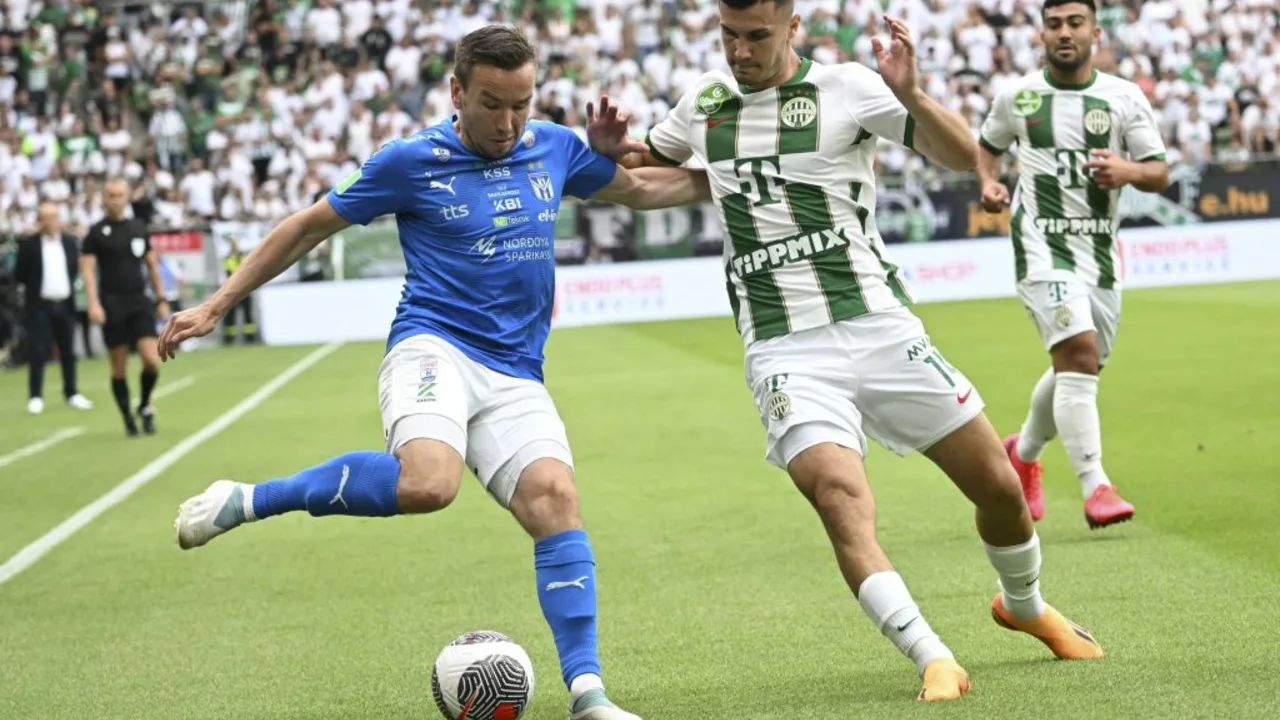Soccer League Financing
When talking about soccer league financing, the ways clubs, investors and governing bodies raise, allocate and manage money to run leagues and teams. Also known as football funding, it drives everything from stadium builds to youth academy deals. This tag pulls together stories of big‑ticket deals, ownership fights and clever revenue tricks, so you can see why cash flow matters as much as the ball on the pitch.
Key financing concepts
One major player in the mix is football investment, capital that individuals or companies put into clubs or projects to earn returns through performance or asset growth. Investors like Evangelos Marinakis chase projects that promise both sporting success and profit, as seen in his €100 million push for a Brazilian youth academy. soccer league financing often leans on these investments to fund player acquisitions, infrastructure upgrades, and brand expansion.
Another crucial piece is the revenue sharing model, a system where league-wide income such as broadcasting rights, sponsorships and merchandising is divided among clubs. This model tries to level the playing field, but it also creates tension when wealthy owners feel they’re subsidizing rivals. The relationship is simple: better revenue sharing can attract more investors, while poor sharing can scare them away.
Club ownership, the legal control of a football club, usually held by individuals, families or corporate groups sits at the heart of financing decisions. Ownership changes can trigger fresh cash injections, but they also spark disputes—like Nottingham Forest’s recent row that led to a coach’s exit. Ownership therefore influences both the scale of football investment and the design of revenue sharing agreements.
Don’t forget the youth academy funding, money allocated to develop young talent, often through partnerships with schools, local clubs and international projects. Successful academies become profit centers, selling players for millions while keeping a pipeline of talent for the first team. Investors see this as a low‑risk, high‑return avenue, especially in markets like Brazil where raw talent is abundant.
All these entities interlock: soccer league financing encompasses revenue sharing models; club ownership influences football investment; youth academy funding relies on investor capital. When you understand how they fit together, you can spot why a €100 million academy deal can reshape a whole league’s financial landscape.
Below you’ll find a curated set of articles that dive deeper into each of these angles—ownership battles, investment strategies, revenue splits and academy projects—so you can see real‑world examples of soccer league financing in action.

How do private soccer leagues make their money?
Private soccer leagues make their money through various channels. The major source is often broadcasting rights, where companies pay millions to air the games. Sponsorship deals also contribute significantly, with companies paying to have their brands associated with the league. Ticket sales for matches and merchandising, such as selling jerseys and other team-related products, provide additional income. Finally, some leagues also generate revenue from player transfers to other clubs.